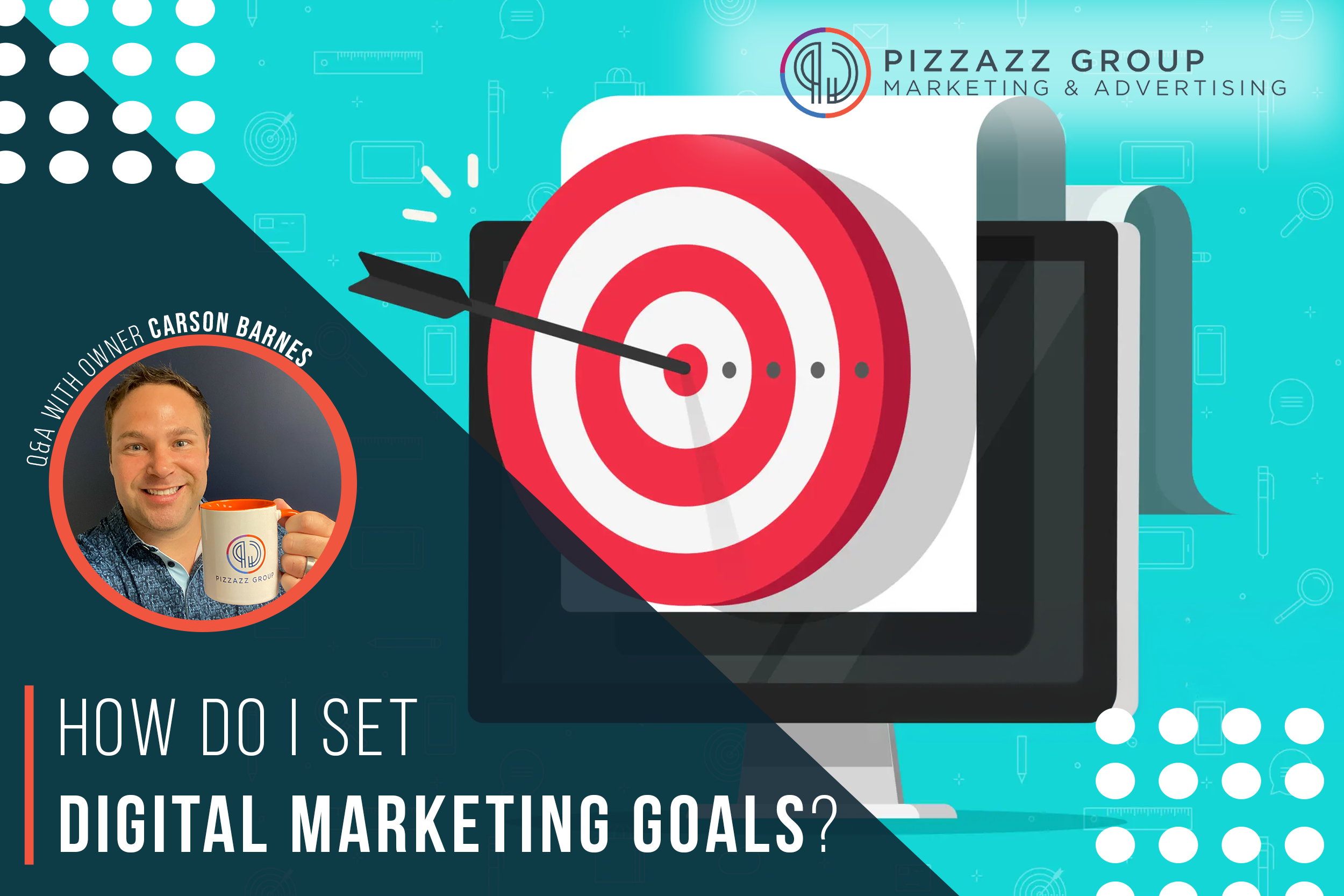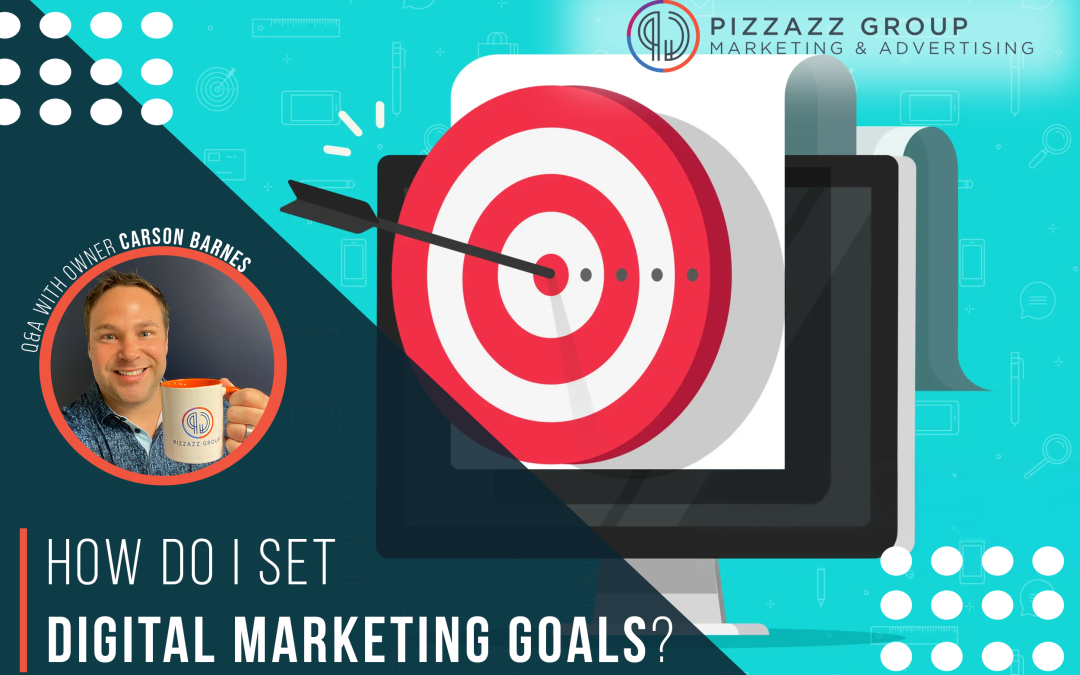
Why Are Digital Marketing Goals Important?
Why Are Digital Marketing Goals Important?

Steps to Set Up Digital Marketing Goals
1. Understand Your Business Objectives
Begin by aligning your digital marketing goals with broader business objectives. Consider factors such as:
• Revenue Targets: Increasing sales or revenue generation.
• Lead Generation: Acquiring new leads and prospects.
• Brand Awareness: Enhancing visibility and recognition.
• Customer Retention: Improving customer loyalty and retention rates.
• Market Expansion: Entering new markets or segments.
2. Define Specific and Measurable Goals
• Specific: Clearly define what you want to achieve (e.g., increase website traffic).
• Measurable: Use metrics like traffic volume, conversion rates, or engagement levels.
• Achievable: Ensure goals are realistic based on resources and capabilities.
• Relevant: Align with business objectives and contribute to overall growth.
• Time-bound: Set a deadline or timeframe for achieving each goal (e.g., within 3 months).
3. Identify Key Performance Indicators (KPIs)
• Website Traffic: Number of visitors, page views.
• Conversion Rate: Percentage of visitors who complete desired actions (e.g., sign-ups, purchases).
• Engagement: Metrics like likes, shares, comments, or time spent on site.
• ROI (Return on Investment): Revenue generated compared to marketing spend.
• Customer Acquisition Cost (CAC): Cost per new customer acquired.
4. Audit Current Performance
5. Set Short-term and Long-term Goals
6. Create an Action Plan
7. Monitor Progress and Adjust Strategies
8. Optimize and Iterate
Best Practices for Setting Digital Marketing Goals
1. Focus on Business Impact
Ensure goals directly contribute to business growth, whether through revenue generation, customer acquisition, or brand equity building.
2. Prioritize Goals
3. Collaborate Across Teams
4. Stay Flexible and Adaptive
5. Communicate and Celebrate Milestones
Example of Digital Marketing Goals
Example 1: Increase Website Traffic
• Goal: Increase organic traffic to the website by 30% within the next 6 months.
• KPIs: Monitor traffic volume, organic search rankings, and referral sources.
• Strategies: Implement SEO optimization, content marketing campaigns, and guest blogging initiatives.
• Metrics: Track monthly traffic growth, keyword rankings, and conversion rates from organic search.
Example 2: Boost Lead Generation
• Goal: Increase lead generation by 20% through Google marketing campaigns within the next 6 months.
• KPIs: Measure overall online visibility, click-through rates, keyword cost per lead, lead conversion rate, calls and form submissions.
• Strategies: Google Marketing
• Metrics: Analyze monthly lead acquisition, campaign ROI, and cost per lead (CPL).
Conclusion
For more information on a tailored Digital Marketing Plan for your business, contact Pizzazz Group at customer@pizzazzgroup.com or by calling (614) 350-1681.
Related Q&A With Owner Carson Barnes Blogs
How Do You Generate Digital Marketing Leads For My Business?
Lead generation in digital marketing involves attracting and converting prospects into potential customers through various online channels and tactics. This comprehensive guide explores proven techniques, strategies, and best practices to help you generate quality...
What Are The Components Of A Successful Digital Marketing Approach?
In today's digital age, an effective digital marketing strategy is essential for businesses aiming to reach and engage with their target audience, drive traffic to their websites, generate leads, and ultimately, increase conversions and revenue. A well-rounded digital...
What Are Some Ways You Repurpose Content For Different Digital Channels?
Repurpose content involves taking existing content and adapting it for use across different digital channels, formats, and audiences. This approach not only extends the lifespan of content but also amplifies reach, improves SEO, and enhances engagement. In this...





